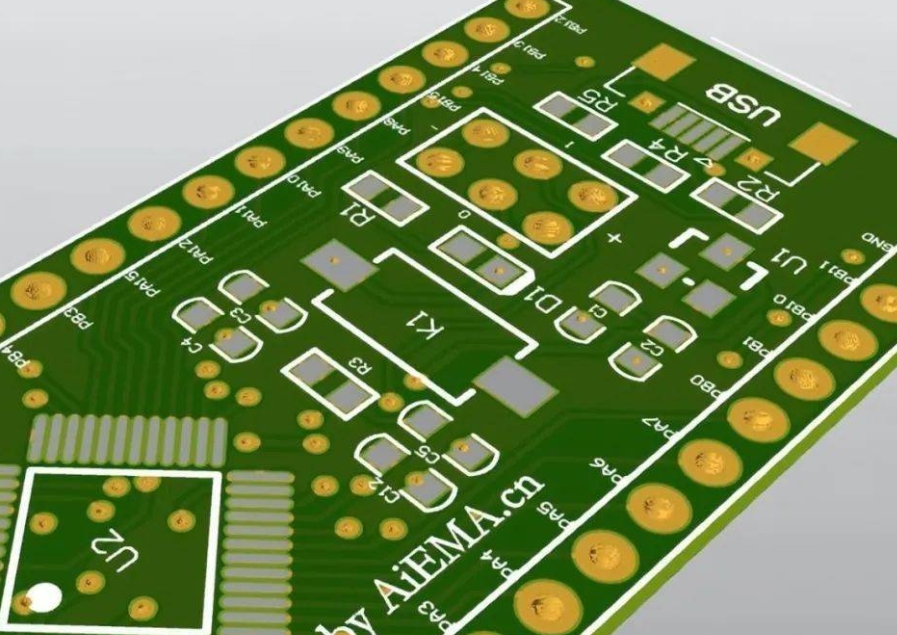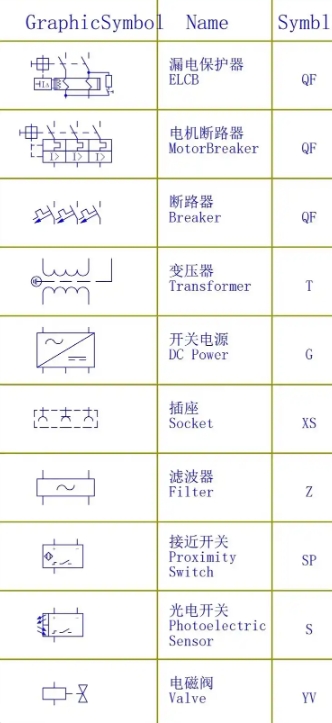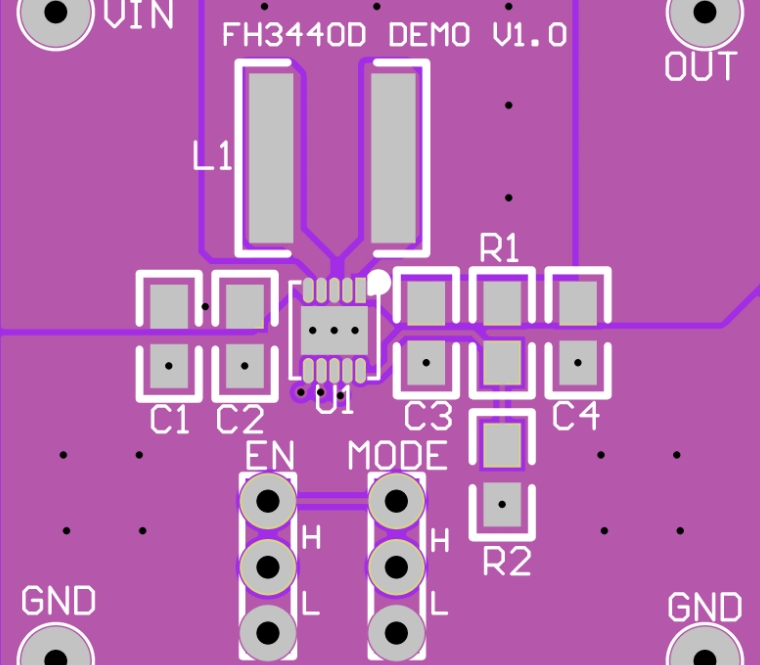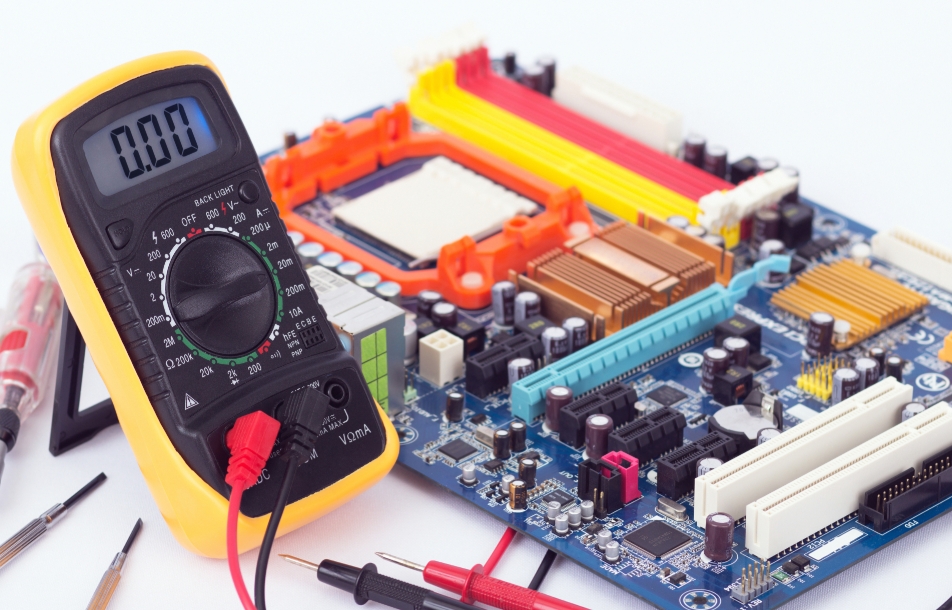Table of Contents
1. Basic Meanings of Letters on PCB Boards
The silkscreen letters on PCB boards typically represent different types of electronic components, such as:
- R: Resistor
- C: Capacitor
- D: Diode
- Q: Transistor
- U: Integrated Circuit (IC)
These letters are usually followed by numbers to distinguish the positions and functions of different components.

2. Common Letters and Their Corresponding Components
Below are the most frequently used letters on PCBs and the components they represent:
| Letter | Component Name |
|---|---|
| B | Buzzer |
| C | Capacitor |
| D | Diode |
| F | Fuse |
| J | Jumper |
| L | Inductor |
| Q | Transistor |
| R | Resistor |
| U | Integrated Circuit (IC) |
| Y | Crystal Oscillator |

3. What Do the Numbers After the Letters Mean?
The numbering on PCBs (e.g., R107, C118) generally follows these rules:
- First letter: Component type (e.g., R = Resistor)
- First digit: Circuit function (e.g., “1” = mainboard circuit, “2” = power circuit)
- Subsequent digits: Sequential number of the component in its category
Examples:
- R117 → The 17th resistor on the mainboard
- Q104 → The 4th transistor on the mainboard
- D202 → The 2nd diode in the power section

4. Identification of Special Components
In addition to standard letters, some components have specific identifiers:
- LED → Light-Emitting Diode (e.g., LED101)
- SW → Switch (e.g., SW102)
- RT → Thermistor
- T → Transformer
- LAMP → Indicator Light
Transistor Pin Identification:
- Q104 (E, B, C) → E = Emitter, B = Base, C = Collector

5. How to Quickly Identify Components on a PCB?
- Check PCB silkscreen: Letter-number combinations are usually clearly marked next to components.
- Refer to circuit diagrams: Cross-reference component numbers with schematics.
- Use a multimeter: Measure component types (e.g., resistors, diodes).
- Consult manufacturer datasheets: Some complex ICs follow specific naming conventions.
Image search keywords: PCB component identification tips, multimeter testing components
Conclusion
The letters on a PCB (such as R, C, D) represent different types of electronic components, while the numbers help distinguish their locations and functions. Understanding these labeling conventions allows engineers, technicians, and electronics enthusiasts to analyze and debug circuits more efficiently. Whether designing PCBs or troubleshooting devices, mastering these symbols is essential!
